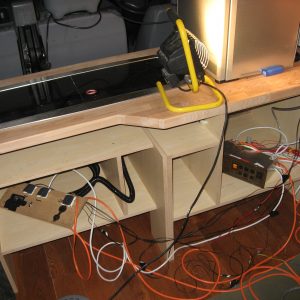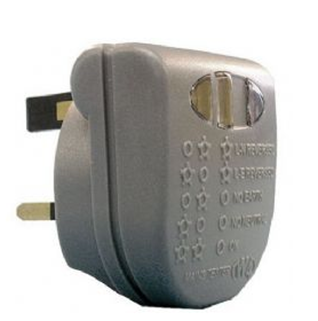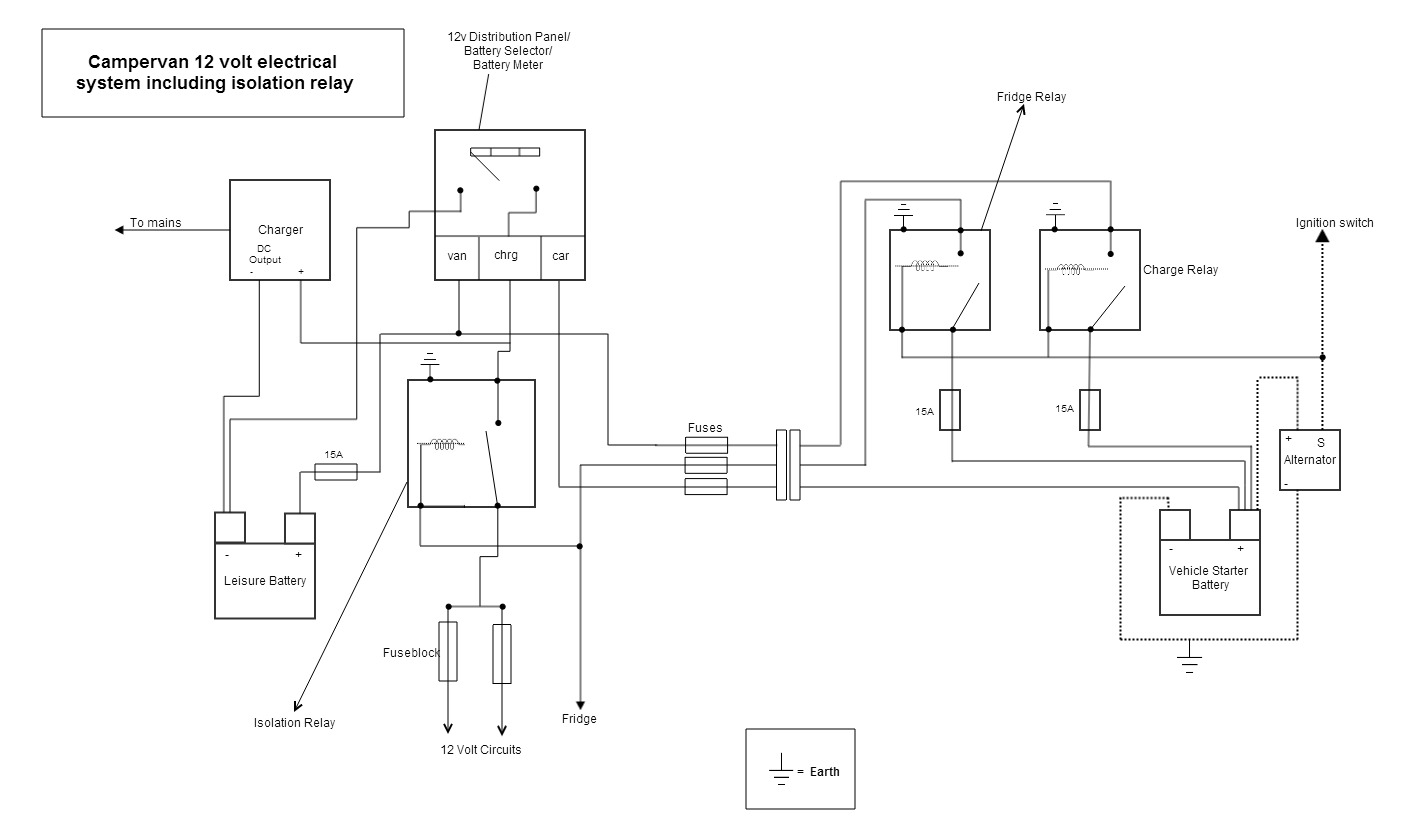
Planning your campervan electrics
The choice of vehicle electrical system depends on factors such as:
- Cost/ability
- Types of appliance
- Size of vehicle
- Independency from mains electric (the ability to travel without the need for electrical hook up)
This section of the site looks at the various motorhome electric systems available, the electrical components, the electrical installation, campervan batteries, battery switches, consumer units, and circuit isolation.
Safety is very important, and we would advise any novice campervan builder to seek the skills and/or advice of a professional electrician. Any system self-installed by a builder should be tested and certificated by an electrician. This will ensure the system is safe and will aid when selling the vehicle.
Campervan Electrical System Options:
Most vehicles use a combination of 230V mains with a leisure battery. And for the purpose of this electric installation guide this is what will we concentrate on. However, solar, wind and generators all have their pros and cons, and we will be looking into these options in a separate feature.
- 12V DC supply from leisure Battery
- Mains 230V AC Supply
- Generators
- Solar and wind power
Important!
Flexible three core mains cable must be used when installing campervan electrics This cable is different to normal domestic cable as it is made up of many fine copper strands providing more flexibility. This provides electrical connections a firmer fixing that is more suitable for the demands of a moving vehicle’s electrical installation
Motorhome Mains Supply Components
Mains Consumer Unit
This should be of type: double pole switching residual current device with mains circuit breakers and a test switch. This is connected to the input socket using 2.5mm² cable.
To earth the system an earth wire (green and yellow) from the consumer unit earth bar is to be fitted to the chassis of the campervan. This should then be identified using a warning plate.

Site Polarity
On continental sites reversed polarity occurs where the electricity supply enters your campervan via the neutral instead of the live wire. This means that the appliance remains live whilst switched off and could lead to lethal shock to anyone coming into contact with the wiring inside the appliance.
You will need a mains polarity tester plug to identify if a site’s electrics are using reversed polarity.

People get around this situation using a polarity reverser connection. This is a short extension lead that is safely modified by an electrician to have the live and neutral wires reversed. This device must be clearly labelled as a ‘REVERSED WIRED ADAPTOR’ so not to be used in the wrong situation.
We advise you having a prescribed connection checklist so that polarity is checked and connection is carried out safely.
Campervan Electric Installation
You will need to cut out a hole in the side of the campervan for the input socket. Apply sealant around the edge of the socket housing to ensure it is watertight. You can then fix the consumer unit and sockets ready for wiring. Make sure all cable is securely fixed throughout the van using clips at regular centres. You may also need access for fault finding in the future so make sure all components are accessible.
The consumer unit and any sockets should be fixed to a firm surface.
Sockets
These electrical sockets are run from the consumer unit using 1.5mm² cable. We recommend double pole switched sockets in your motorhome.
Leisure Battery 12V Supply
A leisure battery or deep cycle battery is designed for long slow discharges and is different from the vehicles main battery which gives very high starting current for a few seconds.
The components of a standard campervan electrical system are detailed below. However systems can be designed in many different ways and incorporate different sources of electricity to suit different requirements.
Leisure Battery
We wouldn’t advise anyone using the vehicles starter battery to power any appliances (except for emergency). Leisure batteries are designed for regular discharging and re-charging unlike standard batteries. We recommend you purchase the best leisure battery you can afford and also shop around to get a good deal. The size of the battery is also important so if you will be using 12 volt electricity a lot then a larger capacity battery is essential.
A battery receives a better charge the closer it is to the alternator. Finding space under the bonnet for the battery is not always possible. Also batteries don’t charge as well in colder conditions so keeping them externally might not be good if using your camper in cold conditions. Depending of the type of van purchased keep this criteria in mind when designing your system.
Leisure battery Fuse
When batteries are charging they can sometimes give off gas (depending on the voltage of the charger, see below). At times fuses spark when they fail so a battery enclosure is a recommended part of a 12V system. The enclosure should be vented and the fuse fitted outside of the enclosure.
Fixed Battery Charger
Chargers can have different outputs. We usually stick to the conventional 13.8V type which allows the use of accessories whilst the battery is charging. Higher voltage chargers may charge quicker but can make the battery gas and potentially harm your appliances.
Battery Selector Switch
This will enable to switch between the sources of electrical supply from the leisure battery to the vehicle battery or to switch the supply off completely.

Cable
Always check the instructions that come with the appliance to ascertain the correct rating of the cable so that resistance doesn’t occur which can lead to cable overheating. Be sure to plan the route and locations of cable at an early stage so that you can run the cable without it being visible or having to use conduit (where possible).
Campervan Circuit Isolation
There is a potential risk that appliances being used when the camper is being driven may divert power away from the vital systems of a vehicle: braking and engine management etc. An isolation relay automatically cuts off the power to the living area when the vehicle is started. The fridge and the charge to the leisure battery can bypass this relay for obvious reasons.
Fused Distribution Unit
This unit is required to provide the electricity to an appliance safely with a fuse that will blow when a circuit is overloaded. These units can also include switches that allow you to easily switch of the supply to an appliance without having to remove a fuse or isolate the system completely. Some units also include other components of the system such as a battery selection switch and battery charge indicator.
Typical Campervan Electrical System
The diagram below shows a typical campervan electrical system including integrated safety features. This is for reference only and should not be copied directly as there are many factors which need to be considered when designing your own system.

